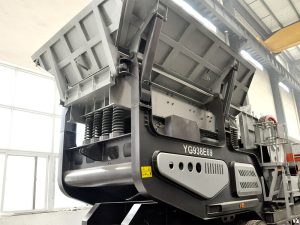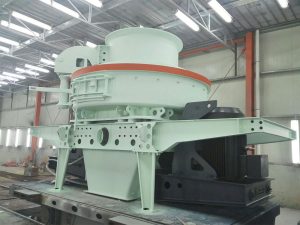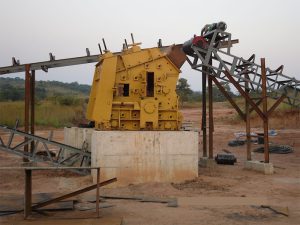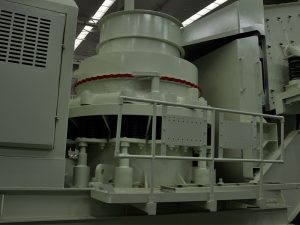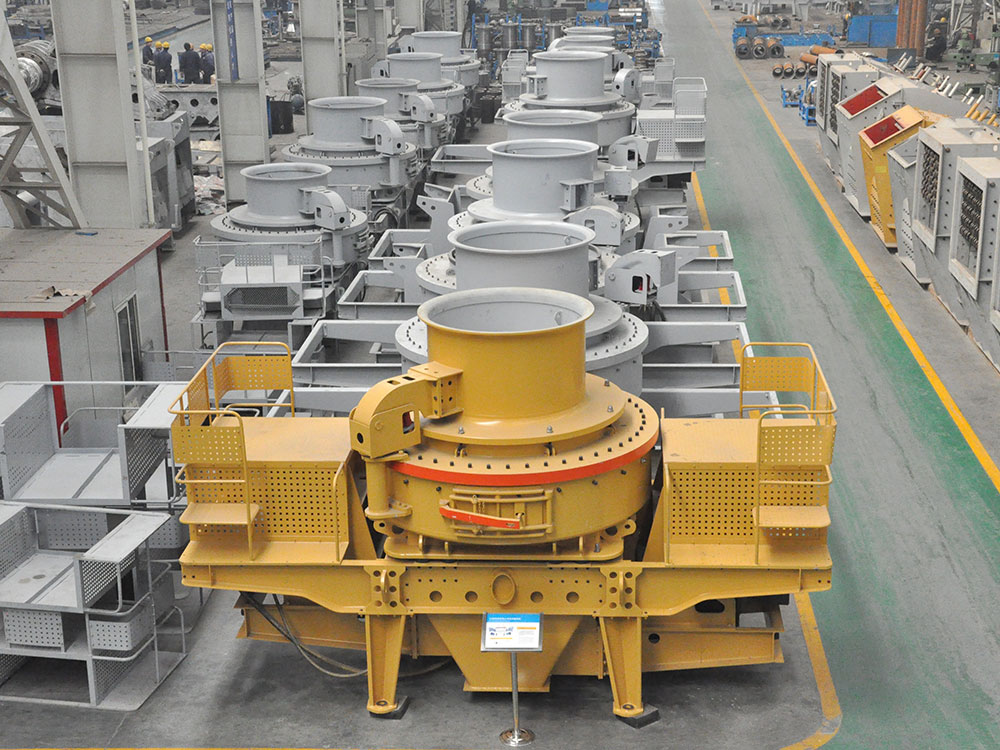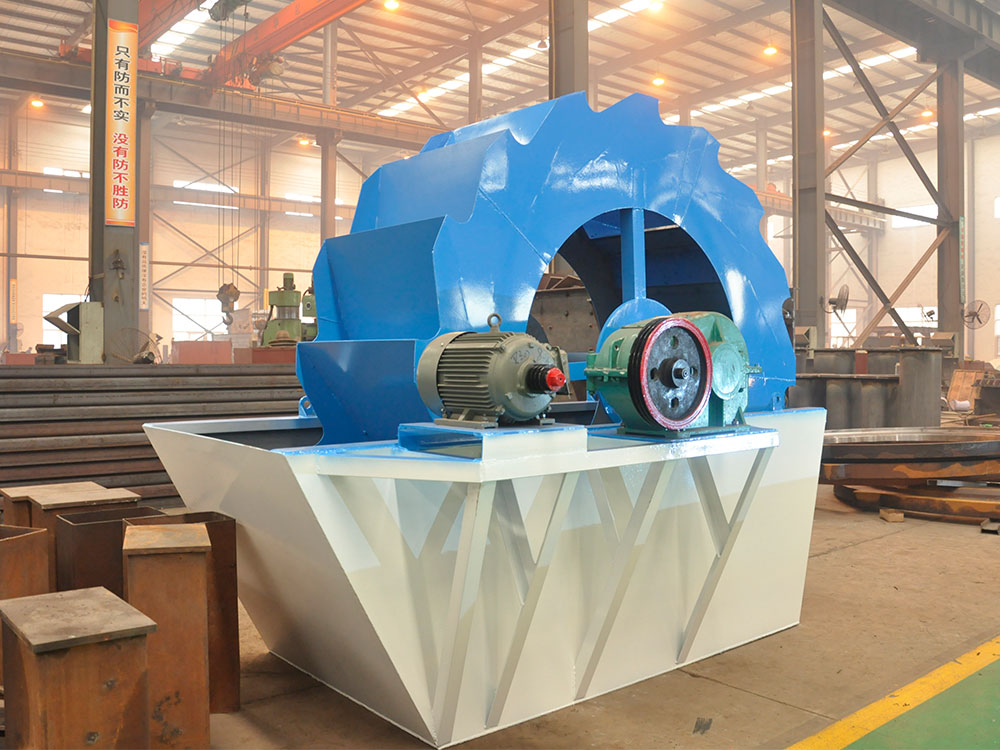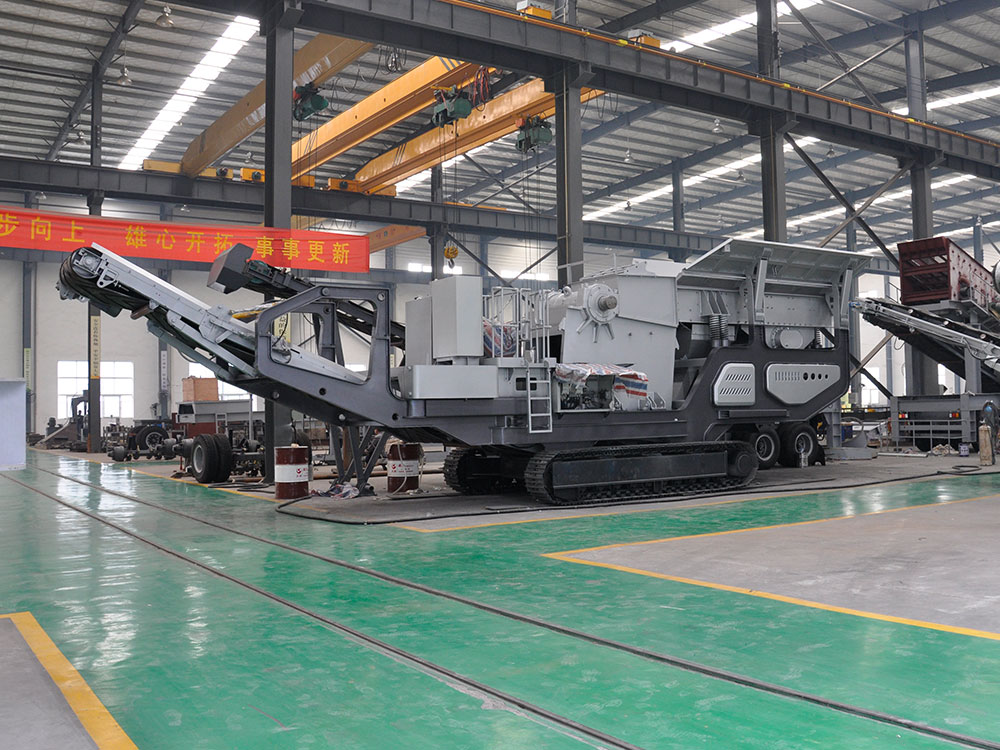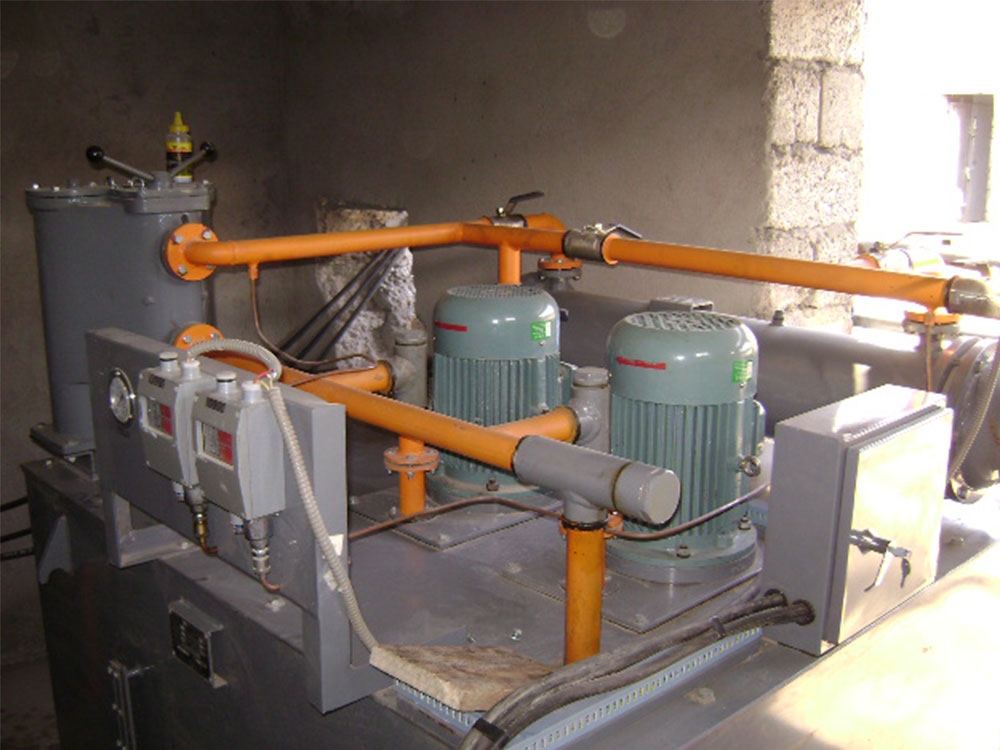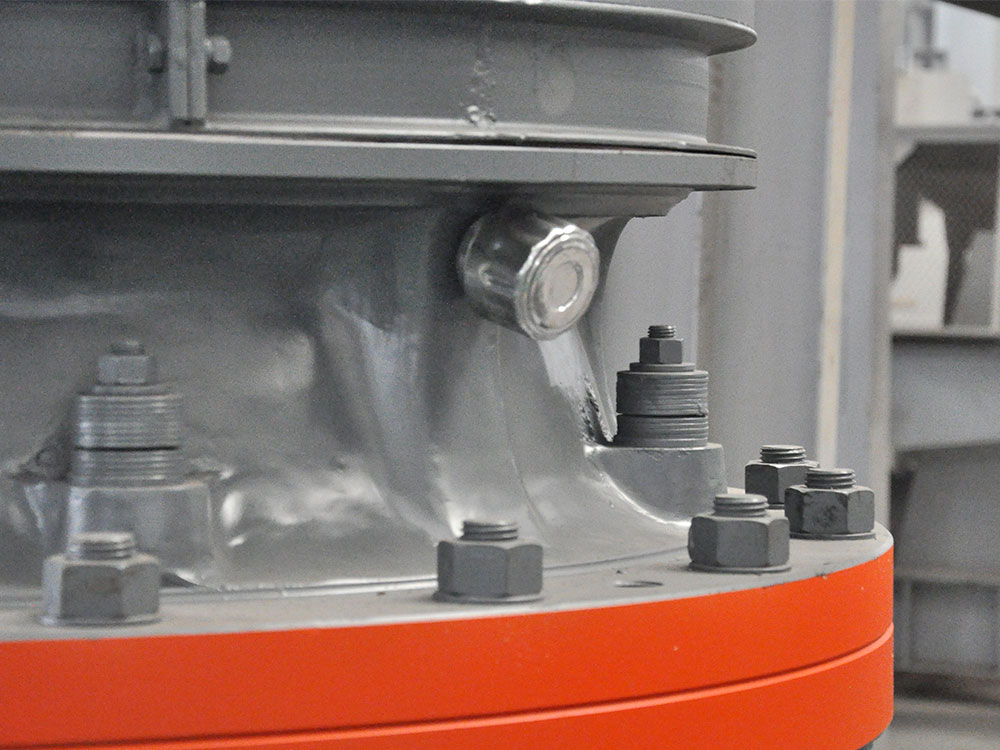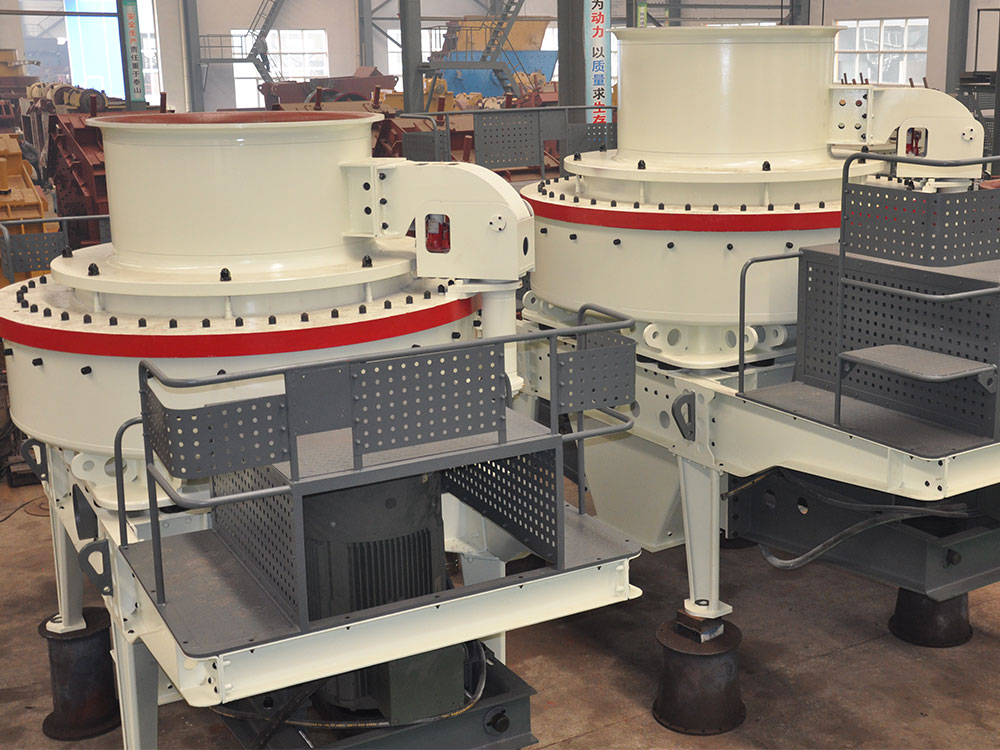Introduction to Basalt Crushing Equipment for Aggregate Production
Basalt, a dense volcanic rock, is widely used in construction due to its durability and high compressive strength. Transforming basalt into sand and gravel aggregates requires specialized machinery designed to handle its abrasive nature. Basalt crushing into sand and gravel aggregate equipment has become indispensable for industries requiring high-quality raw materials. This article explores the working principles, applications, technical specifications, and advantages of modern basalt processing systems.
The Process of Crushing Basalt into Aggregates
The basalt sand and gravel aggregate production line typically involves three stages: primary crushing, secondary crushing, and shaping/screening.
1. Primary Crushing: Large basalt rocks are fed into a jaw crusher, which reduces their size to manageable chunks (150–300 mm).
2. Secondary Crushing: A cone crusher or impact crusher further breaks down the material into smaller pieces (20–50 mm).
3. Sand Making and Screening: Vertical shaft impactors (VSIs) refine particles into sand, while vibrating screens classify aggregates by size for end-use applications.
This multi-stage process ensures optimal particle shape and gradation, critical for meeting construction standards.
Core Components of Basalt Aggregate Equipment
- Jaw Crushers: For coarse crushing.
- Cone/Impact Crushers: For intermediate reduction.
- VSI Crushers: For producing cubical sand particles.
- Vibrating Screens and Feeders: To segregate and manage material flow.
Advanced automation systems monitor operational parameters like feed rate and motor load, optimizing efficiency.
Applications of Basalt Sand and Gravel Aggregates
Processed basalt aggregates are essential for:
- Concrete Production: High-strength basalt sand improves concrete durability.
- Road Base Layers: Crushed basalt provides stability and drainage.
- Railway Ballast: Angular aggregates resist displacement under heavy loads.
Landscaping and Water Management
- Erosion Control: Gravel-sized basalt stabilizes slopes and riverbanks.
- Drainage Systems: Permeable aggregates facilitate water filtration.
Environmental projects increasingly rely on basalt aggregate equipment due to the material’s sustainability and local availability.
Technical Specifications of Modern Basalt Crushing and Aggregate Equipment
Feed Size ≤800 mm
Output Capacity 50–800 TPH
Final Product Sizes 0–5 mm (sand), 5–40 mm (gravel)
Motor Power 110–400 kW
Higher-capacity systems integrate multiple crushers and screens to maximize throughput.
Modern basalt aggregate processing plants prioritize energy savings through:
- Variable Frequency Drives (VFDs): Adjust motor speed based on load.
- Intelligent Control Systems: Automatically adjust crusher settings for optimal output.
These features reduce operational costs while maintaining consistent product quality.
-
Advantages of Using Specialized Basalt Crushing Equipment
Basalt sand and gravel crushers are built with wear-resistant materials like manganese steel to withstand abrasion. Key benefits include:
- Extended component lifespan.
- Reduced downtime for part replacements.
- Lower long-term maintenance costs.
Environmental Compliance
Modern systems incorporate dust suppression and noise reduction technologies to meet regulatory standards. Closed-circuit designs recycle water in sand washing processes, minimizing waste.
Choosing the Right Basalt Aggregate Production Line
1. Material Hardness: Basalt’s Mohs hardness of 6–8 demands robust crushers.
2. Output Requirements: Match equipment capacity to project demands.
3. Site Conditions: Mobile crushers suit temporary projects, while stationary plants are ideal for large quarries.
While upfront costs for basalt crushing equipment are significant, long-term ROI is achieved through:
- High-quality aggregates commanding premium prices.
- Reduced energy consumption with advanced technologies.
- Minimal material waste due to precise sizing.
Future Trends in Basalt Aggregate Equipment
Innovations like AI-driven predictive maintenance and hybrid power systems are reshaping the industry. Manufacturers are also developing compact, modular designs for easier transportation and installation.
Basalt crushing into sand and gravel aggregate equipment plays a pivotal role in modern construction and infrastructure development. By understanding its working principles, technical specifications, and applications, businesses can invest in systems that deliver high efficiency, durability, and environmental compliance. As technology evolves, these machines will continue to drive sustainable growth in the aggregate industry.


